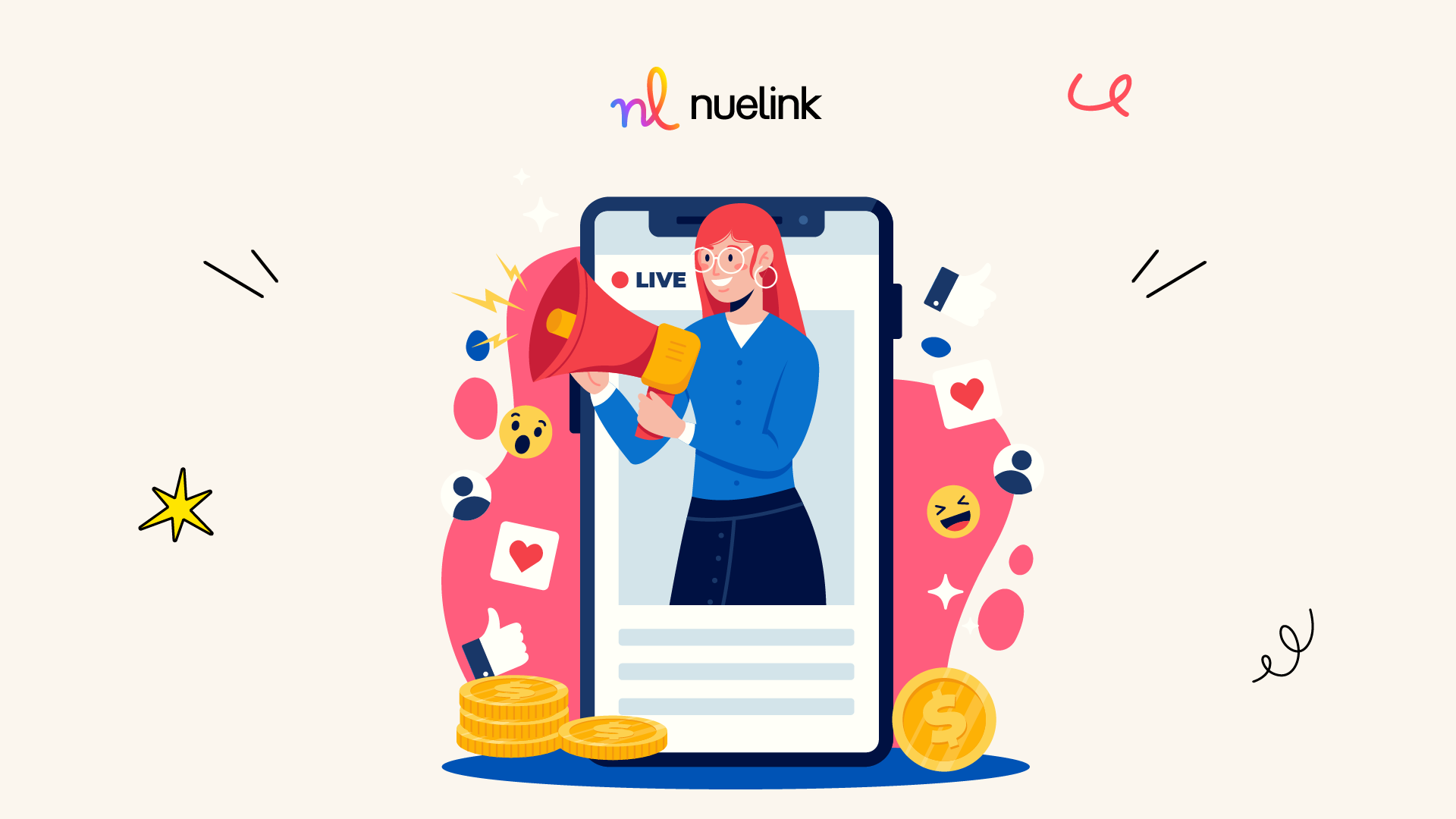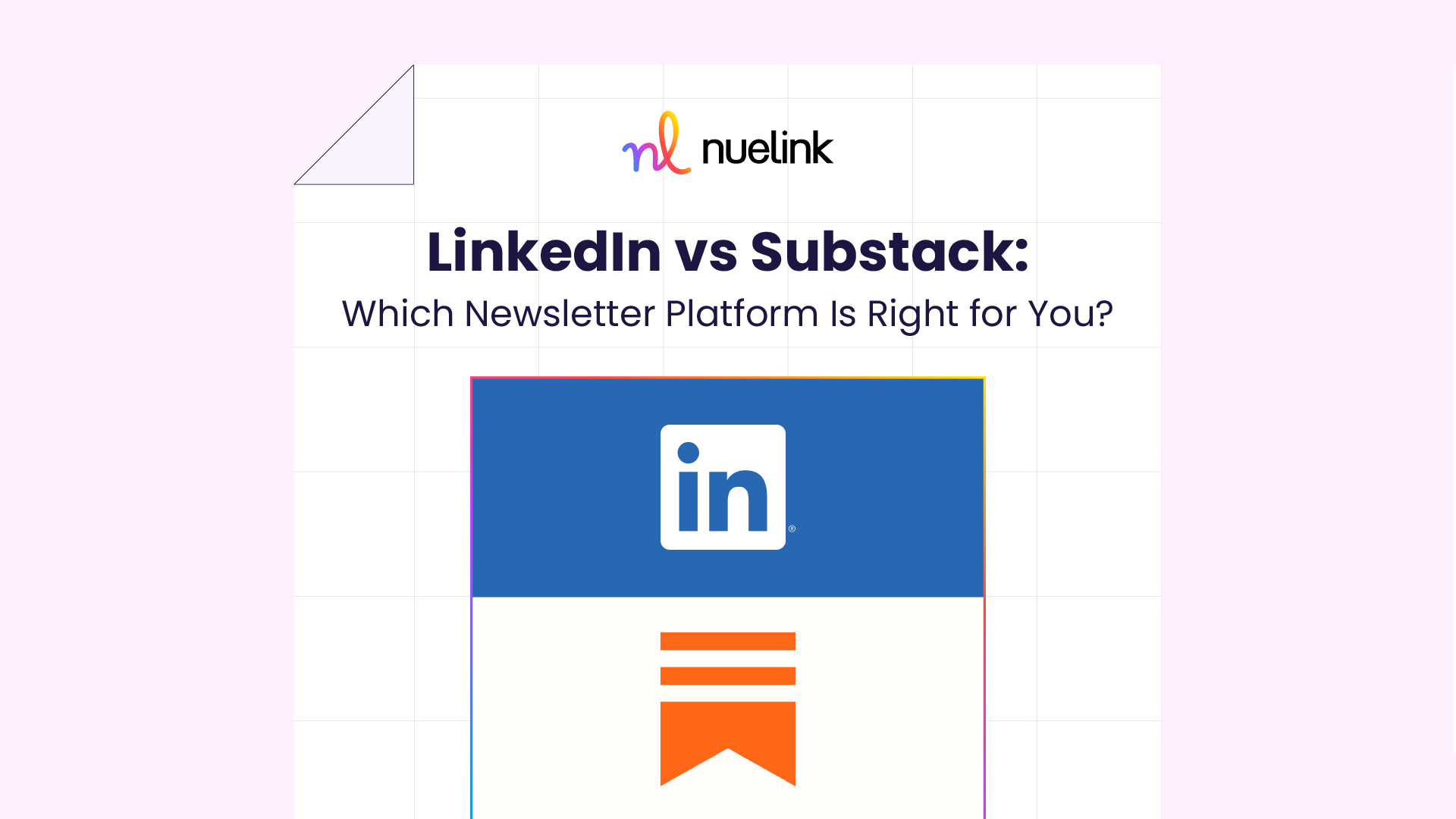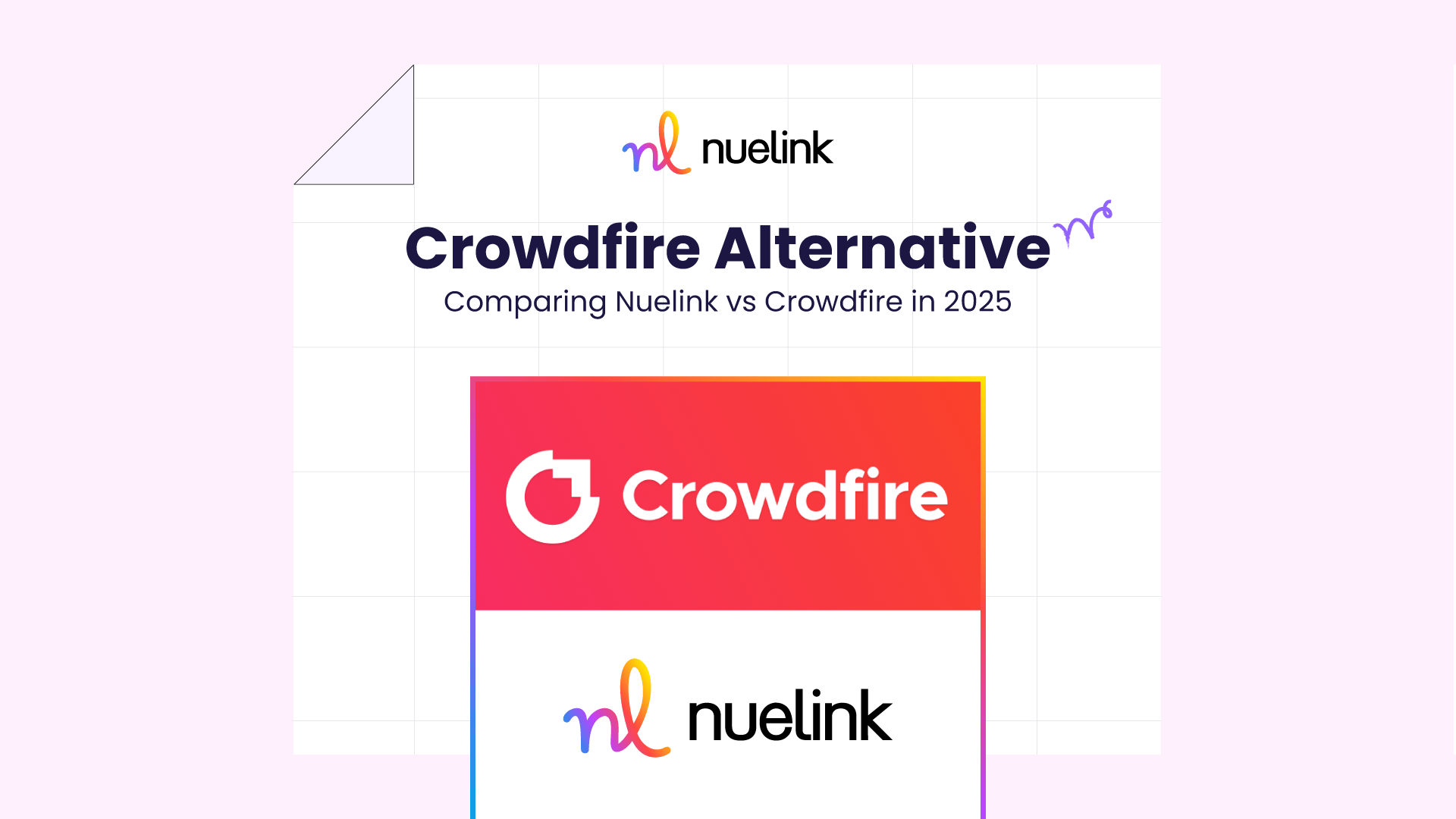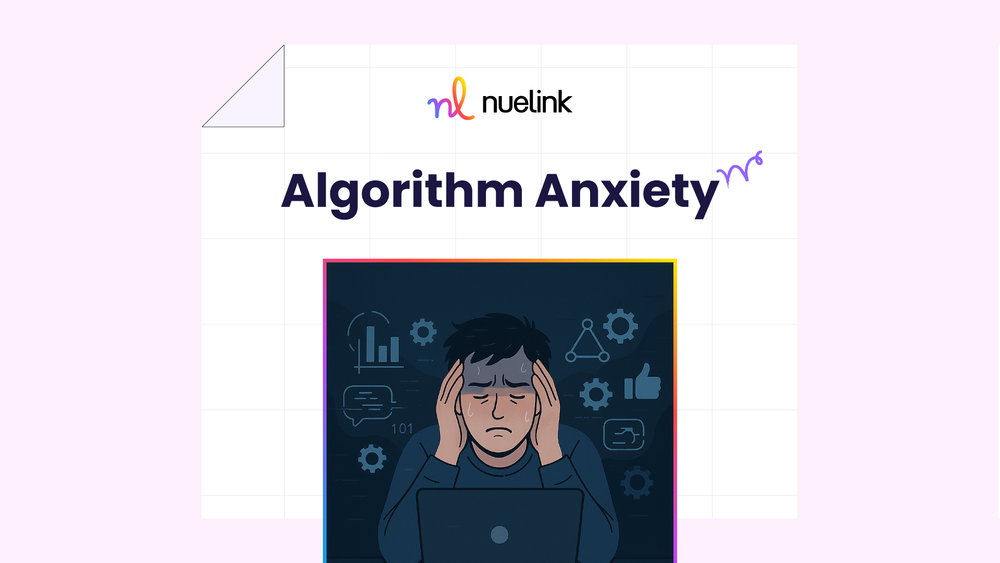Whether you're just starting or already have a bunch of followers, it’s never too early to think about ways to monetize your content. The creator economy allows you to make money off your hobby and presents you with a very good income opportunity, if you know how to make the most out of it.
In this blog post, we're breaking down all you need to know about the creator economy and giving you practical tips to make your passion profitable.
Today, we will cover:
- What’s the Creator Economy
- Why You Should Monetize Your Content
- What are the Ideal Platforms for Monetization
- What Tools Can Help You Better Your Monetization Chances
- How Can You Start Monetizing Your Content Today
What’s the Creator Economy
The creator economy is an expanding market that revolves around fostering and compensating creators who generate unique and engaging content for online platforms.
At its core, the creator economy thrives on leveraging the vast reach of the internet and social media platforms to enable individuals to build and amplify their personal brands.
The creator economy is an expanding market that revolves around fostering and compensating creators who generate unique and engaging content for online platforms.
Social media platforms, blogs, podcasts, and other online outlets serve as digital canvases where creators showcase their talents, share their perspectives, and build connections with diverse communities.
Monetization plays a vital role in the creator economy, with creators exploring diverse revenue streams. These may include brand partnerships, sponsored content, affiliate marketing, merchandise sales, and direct financial support from their audience through platforms like Patreon or crowdfunding campaigns.
From educational content and niche expertise to lifestyle blogging and artistic creations, individuals can carve out their unique spaces within the digital landscape.
Why You Should Monetize Your Content
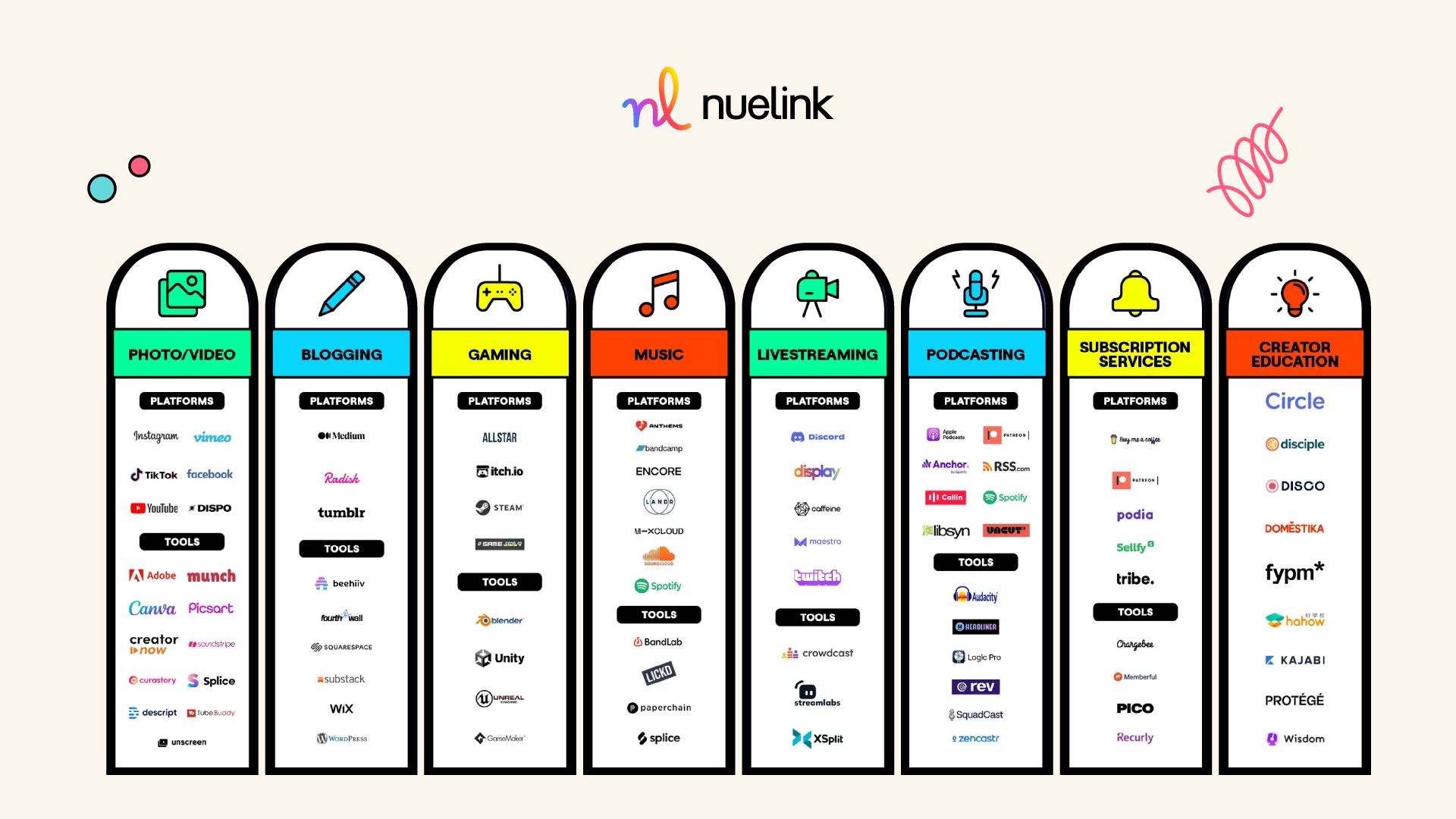
Content monetization strategies are helping bloggers and creators make more money, and recent stats show a clear increase in their adoption on various online platforms. This trend is changing how creators view their work, turning their hobbies into full-time jobs or a side hustle.
Creators are now diversifying where their money comes from to stay financially secure. Instead of relying only on ads and sponsorships, more creators are using content monetization to build a strong and stable financial base.
Making money from content not only helps with financial stability but also opens doors for creators to grow. With more money to play with, creators can invest in better equipment, hire help, and try out new types of content.
Beyond just making money, content monetization brings creators and audiences closer. By using the extra income to improve their content, creators create a more interesting online space.
This points to the important role content monetization plays in shaping the creator economy. Creators who understand and use these trends not only keep up with the current scene but also position themselves for long-term success and stronger connections with their audience.
What are the Ideal Platforms for Monetization
When looking for social media platforms that offer substantial payouts for content creators, it's crucial to align your choice with your specific needs, considering factors such as content type, target audience, and market opportunities.
Don't limit yourself to one stream of revenue and try to position your content in a way that will allow you to get a piece of every pie on the table.
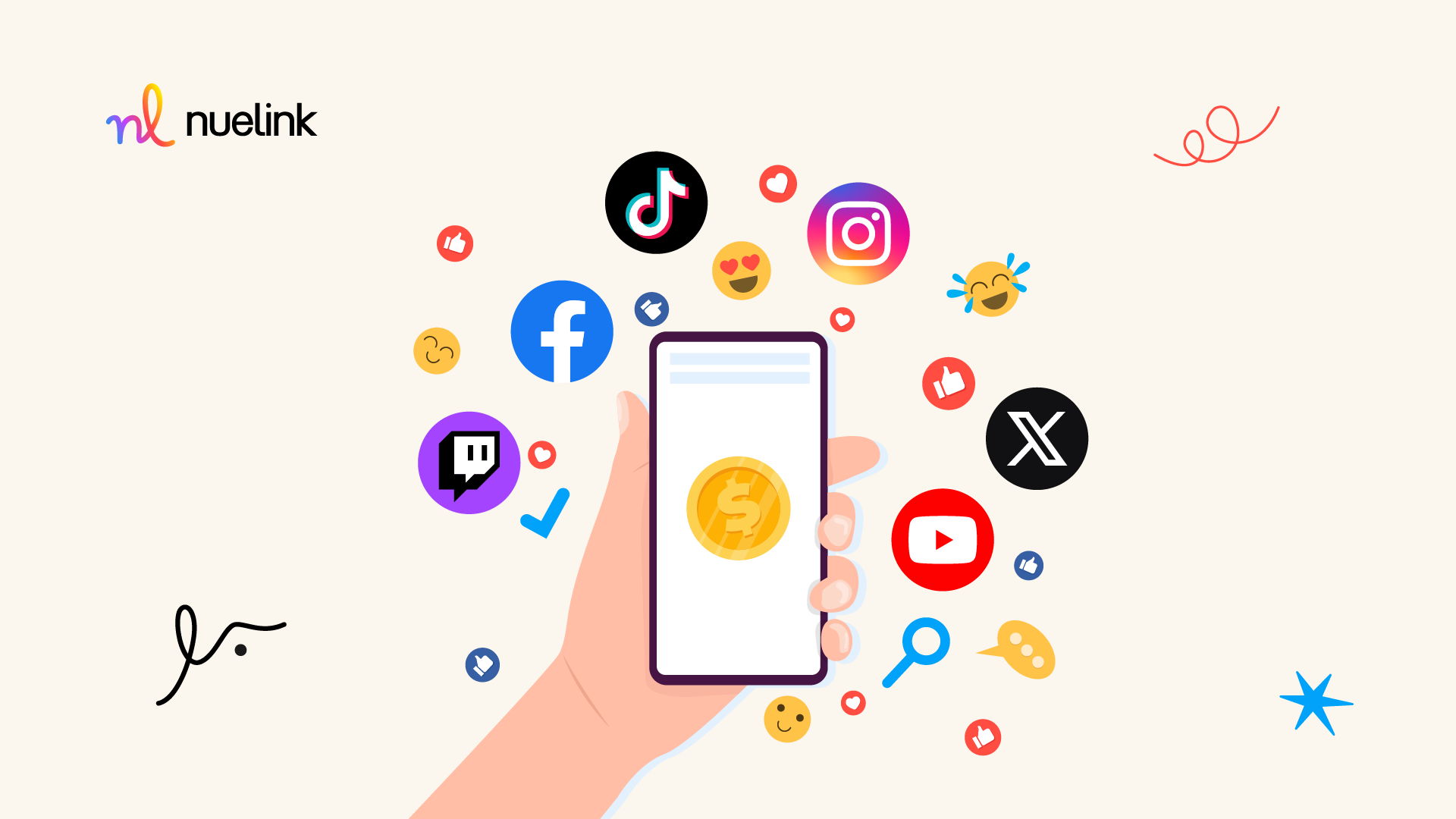
Instagram is a powerhouse for advertising and earning through paid promotions. According to Lickd's Social Salary calculator, creators with around 5000 followers can earn an average of $350 per post. The potential skyrockets for those with 100,000+ followers, reaching $4,000 or more per post.
YouTube
As one of the oldest and most lucrative platforms, YouTube remains a staple for content creators. The Partner Program allows creators to launch channel memberships, providing exclusive content to subscribers for a fee, and get a share of that YouTube Ad money for both long-form and short-form content.
For a more detailed post on YouTube monetization, we have a post dedicated to the entire program.
TikTok
TikTok has rapidly become a content creation giant with 1 billion monthly active users. Monetization avenues on TikTok include the TikTok Creativity Program, sponsors, and TikTok Coins, rewarding creators for entertaining and engaging content.
For content creators on Pinterest, selling items through Product Pins is a common practice. The platform's Creator Rewards program pays creators for crafting original Idea Pins, and the Pinterest Creator Fund provides another avenue for financial support.
Twitter/X
Recently introducing its monetization program, Twitter/X, I still don’t know which name to go for, is now sharing ad revenue with creators based on their interactions and engagement. This move positions Twitter as a platform that not only facilitates communication but also rewards content creators for their contributions.
Exploring platforms that align with your content and audience can lead to significant financial rewards, and staying informed about the evolving creator funds and programs on each platform ensures that you can adapt and thrive.
What Tools Can Help You Better Your Monetization Chances
Improving your chances of making money on social media involves using different tools to make your content better and connect with your audience.
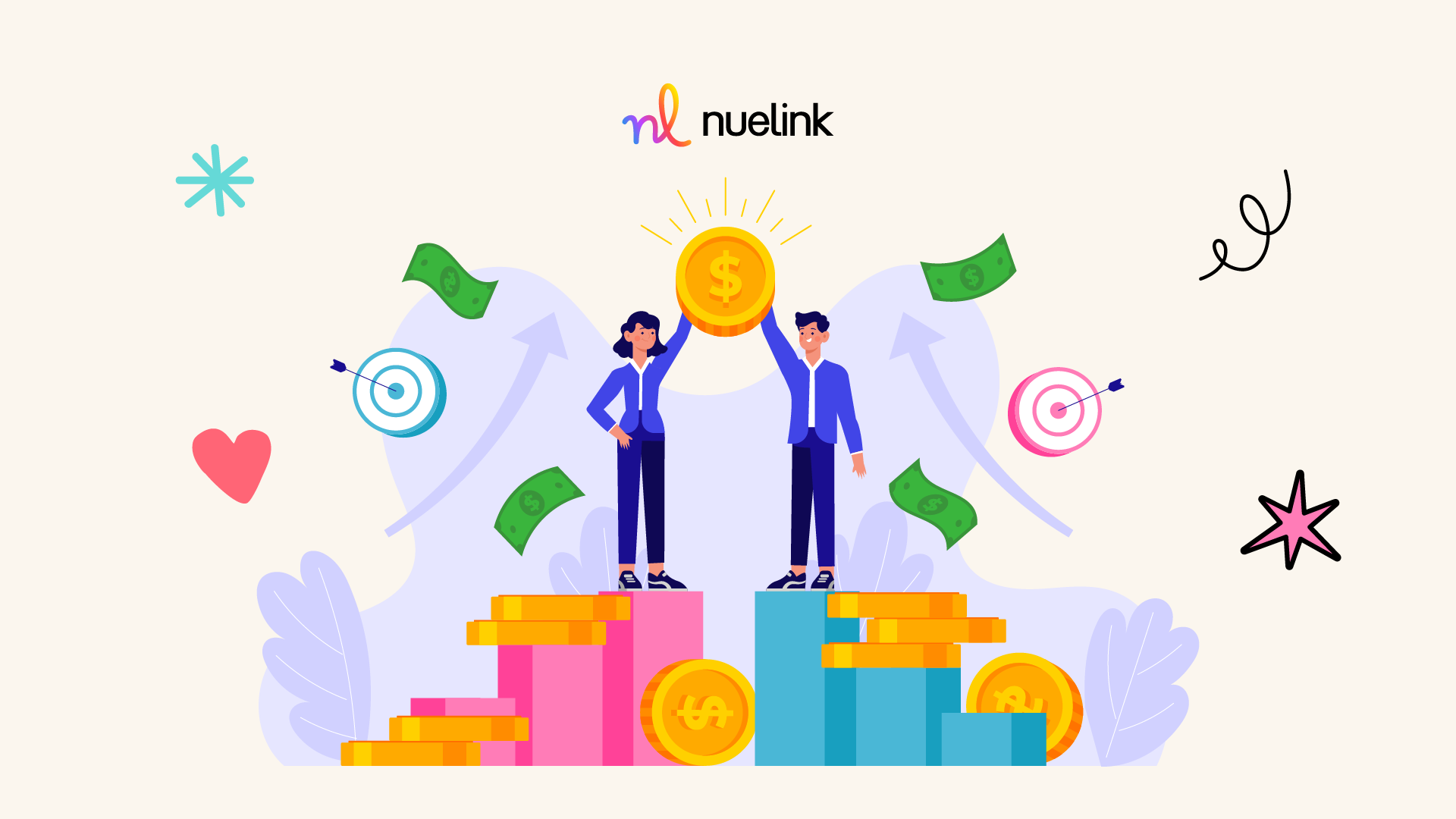
Understanding Your Audience
Social Media Analytics tools like Facebook Insights and Instagram Insights offer specific data on your social media performance, helping you understand audience demographics and engagement patterns.
Creating Content
Tools like Canva and Adobe Spark offer versatility in designing visuals and videos, empowering creators to produce engaging and professional-looking content.
And, if you don’t have the patience to design your own graphics, you can check out these customizable Canva templates.
Affiliate Marketing
Amazon Associates and ShareASale are widely used platforms for promoting products and earning commissions through affiliate links. They connect creators with various affiliate programs, offering opportunities to partner with different brands.
Social Media Management
Nuelink is a great option for social media management. It offers you the chance to schedule content for various platforms in one go. This is especially beneficial in this case since you can be eligible for monetization for all of these platforms.
How Can You Start Monetizing Your Content Today
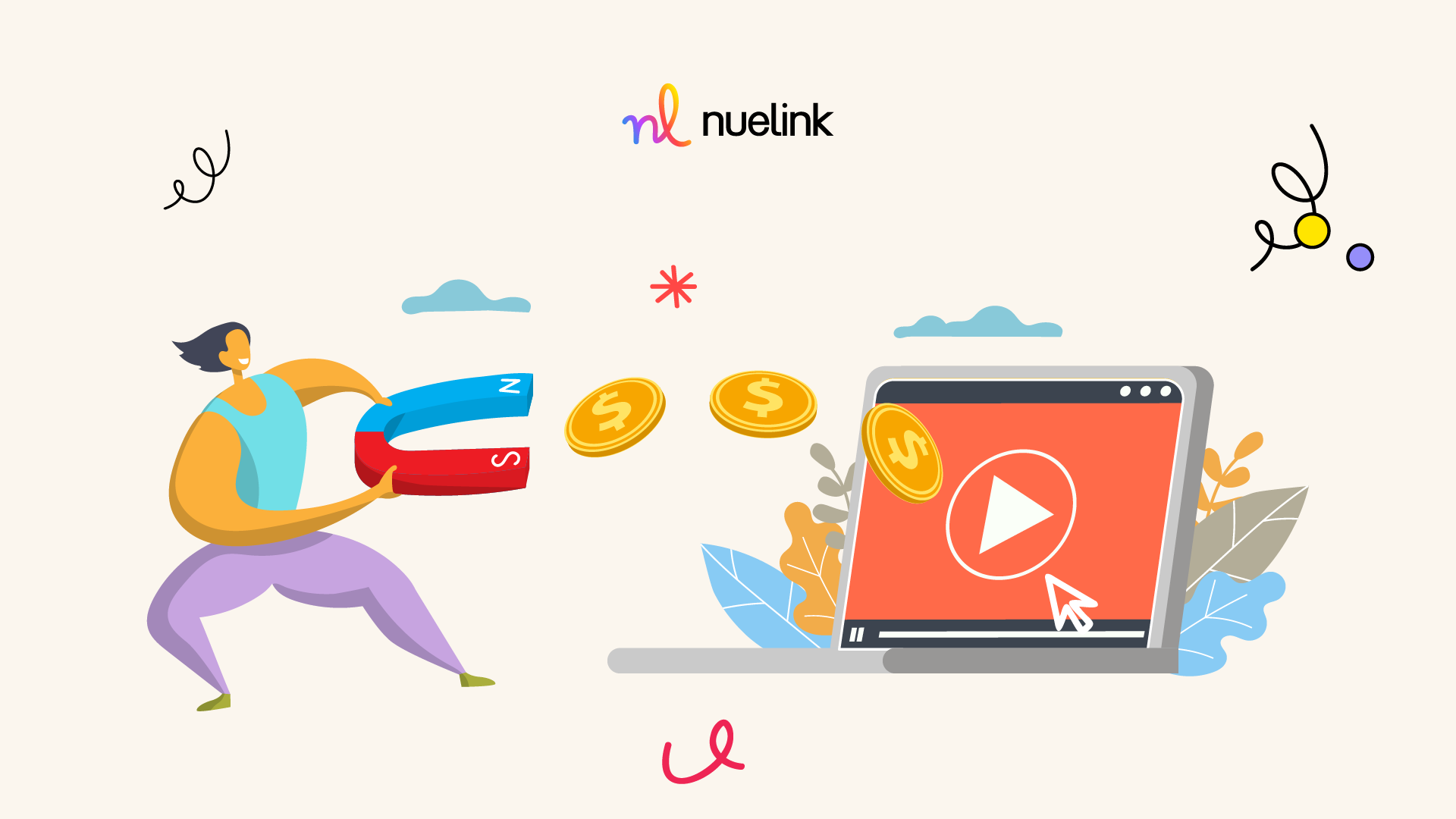
There are different ways to go about this. If you have a podcast or a blog, you may want to start, if you haven’t already, optimizing your keywords and SEO efforts. But here is a good place to start.
Implement Paywalls or Memberships
Consider implementing paywalls or memberships on platforms like YouTube, Twitter - or membership platforms like Kajabi. Provide premium content or experiences for subscribers, creating a closer-knit community and an additional revenue stream.
Promote Your Content
Actively promote your content across various channels, including social media, email newsletters, and relevant online communities. Utilize effective marketing strategies to increase visibility and reach a wider audience.
Explore Virtual Events and Webinars
Host virtual events or webinars to provide additional value to your audience. These events can be monetized through ticket sales, sponsorships, or partnerships. Virtual events also offer a platform for direct interaction with your audience.
Join a Creator Fund
A lot of platforms offer creator funds to encourage their creators to stay. Some are better than others, but they all offer a great way to make money on the side. Here is a detailed list of all the creator funds available to you.
Diversify Your Income Streams
Avoid relying solely on one income source. Diversify your revenue streams to maximize earning potential. This could include a combination of advertising, affiliate marketing, merchandise sales, and subscriptions.
As the creator economy continues to evolve, its impact becomes increasingly pronounced. This reflects a fundamental shift in how valuable content is viewed by advertisers and platforms and how its value increases over time.

